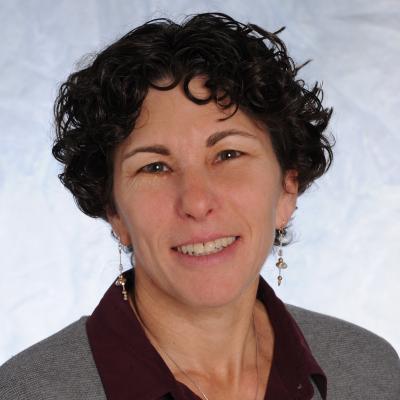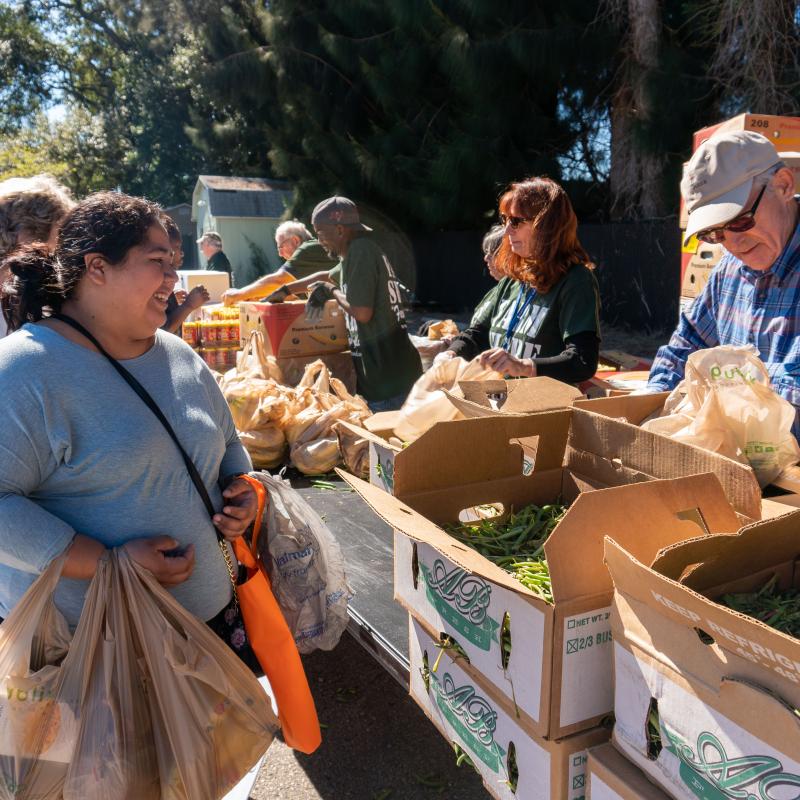Pinellas County is a long, narrow stretch of Florida’s Gulf Coast, with a million residents spread among million-dollar beachfront homes and trailer parks. Disparities in income levels translate into unequal access to neighborhood opportunity for children, but these gaps are easily concealed by data that’s collected and mapped at the zip code level.
That’s a challenge for an organization like the Juvenile Welfare Board (JWB), established in 1945 to address the needs of children and families in Pinellas County.
Starr Silver, JWB’s strategic research manager, explains, “Take zip code 34695—the Safety Harbor area. This zip code is comprised of four census tracts, and each tract has a different opportunity level, ranging from low to very high. If you simply look at average income at the zip code level, you don’t see those pockets of need.”
That’s why JWB turned to the COI, which reports data at the census tract, or neighborhood level. JWB combined its own rich data with the COI in the Kids Data Center to help focus resource allocation and program development across the county and provide a mechanism for tracking change over time. Shared with the county’s network of eight Neighborhood Family Centers, the COI allows local community leaders to identify needs specific to the census tracts in their service area and customize their services to match the needs of the children and families they serve.
“In one community, food insecurity may be a bigger challenge than leaders realized; in another, we might see that the percentage of single mothers in the community is much greater than the county average, or we’ll find that the portion of young children enrolled in preschool is much lower than the county average,” Silver explains. “When local leaders have data that’s specific to the census tracts they serve, they can be more strategic in providing services, reducing barriers, and raising funds.”
For Denise Groesbeck, who served as strategic research manager during the years that JWB decided to create a customized version of the COI, the fact that it’s a composite is central to its value as a tool for increasing equity. “Family and neighborhood conditions have a compounding effect. The more adverse or beneficial conditions a child experiences, the lesser or greater opportunity they have for successful development. That’s the beauty of the COI. It doesn’t show just one indicator—it produces a picture of the many factors that combine to create opportunity. That’s also what makes the COI a trusted data source for us.”
"That’s the beauty of the COI. It doesn’t show just one indicator—it produces a picture of the many factors that combine to create opportunity. That’s also what makes the COI a trusted data source for us."




